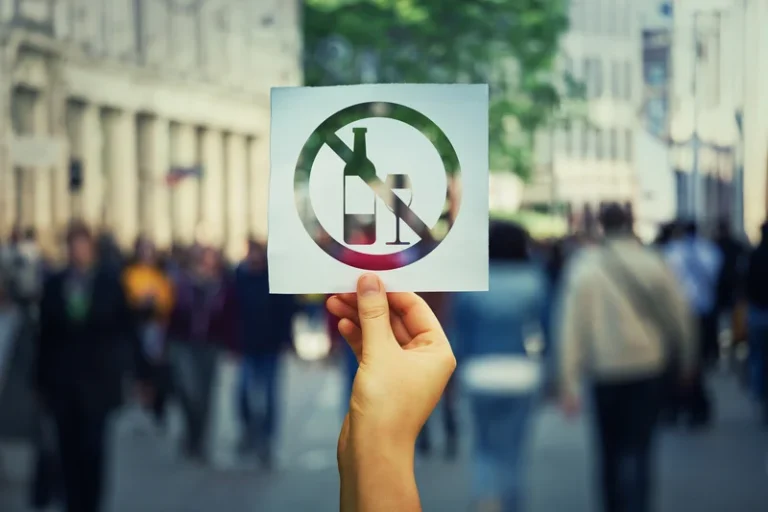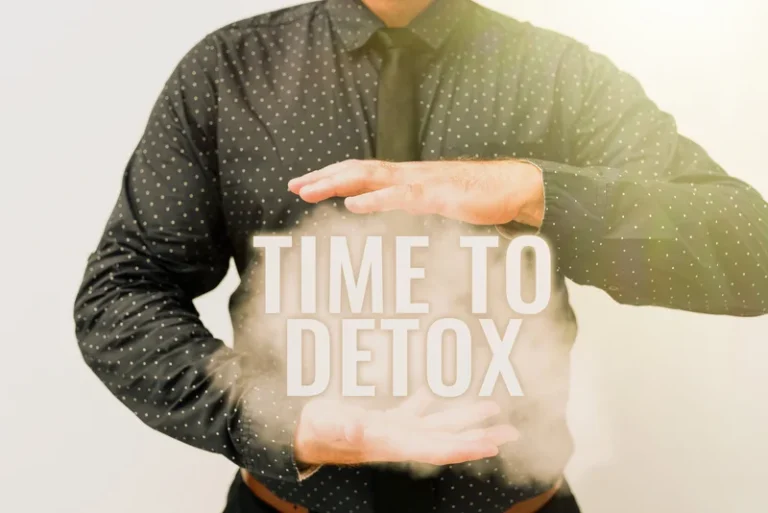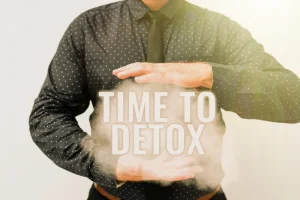Dependent nursing interventions are those that require the help or supervision of another healthcare professional. In other words, interventions are the things that nurses do to care for their patients. Ideally, they’re evidence-based and are aimed at achieving specific outcomes. If you’re interested in nursing as a potential career, you may have heard about nursing interventions and wondered what they are. Keep reading to learn all about nursing interventions, including the 3 categories, 4 types, and 7 domains of nursing interventions. Not all vaccines https://yourhealthmagazine.net/article/addiction/sober-houses-rules-that-you-should-follow/ are targeted at persons without previous exposure tothe infectious agent.
Social and Emotional Growth
In the context of therapy, interventions refer to the deliberate and purposeful actions taken by professionals to address specific concerns and support individuals in achieving their therapeutic goals. These actions can encompass a wide range of techniques, strategies, and Sober Houses Rules That You Should Follow approaches tailored to meet the unique needs of each person. Interventions aim to enhance self-awareness, promote personal growth, and facilitate positive behavioral change. Environmental interventions to reducehuman faecal and urine contamination include latrine construction,provision of sewage systems, clean water supplies, and protectedfood storage.
Modelling and skills training
Particular emphasis was placed on nutrition, blood pressure, and weight programs. In addition, grocery stores labeled low-fat foods, exercise courses were installed in the community, restaurant menus highlighted heart-healthy foods, and nutrition programs were available in public libraries. It is estimated that the 70,000 people in Pawtucket had more than 110,000 contacts with the program. People particularly liked the nutrition, blood pressure, and weight programs. The Minnesota Heart Health Program also used mass media to provide risk factor messages and establish awareness of the program. In addition, health professionals were involved in encouraging healthier behavior.
Destructive Behavior: Effective Strategies to Break the Cycle
The tipping point model is similar to the theory of population epidemiology proposed by Rose (1992). It could help explain why national interventions seem to be more effective than community-level or individual interventions, because they result in more changes among the general population. Actions to reduce drunk driving are a second notable chapter in national health interventions.
Fostering Community Connections
This approach ensures that they are equipped to handle any obstacles that may arise during their recovery journey. Emphasizing the importance of focusing on progress, such as noting triggers that no longer affect them and celebrating small wins as sources of inspiration, can reinforce healthy behaviors and positively influence their commitment to recovery from destructive behaviors. Awareness that recovery from addiction is a prolonged process that may require several treatment efforts helps in setting realistic expectations.
Kew’s most recent State of the World’s Plants and Fungi report revealed that 45% of documented flowering species are at risk of extinction. This figure rises to 75% for the estimated 100,000 undescribed vascular plants1. Although not a separate step in the nursing care plan, nursing considerations are the implications of the interventions a nurse is providing.
More recent bans on smoking in restaurants, work sites, and public places cannot explain much of the historical trend. Over time, the Surgeon General’s report was followed by many similar messages, including subsequent reports of the Surgeon General and other organizations such as the American Heart Association and the National Institutes of Health. By 2000, the number of cigarettes smoked was at roughly half its 1964 level. The results of these studies uniformly show large demand responses to price increases. A consensus estimate is that the elasticity of demand for cigarettes is about –0.4; every 10 percent increase in price reduces consumption by 4 percent. Gruber and Kosygi (2002) estimate that the cigarette price elasticity for the poor is greater than –1 in absolute value; the price elasticity for the rich is much smaller.
Responsibility is Shared
The collaborative and strengths-based nature of solution-focused interventions fosters a sense of empowerment and optimism in clients, enabling them to navigate their challenges and create positive change in their lives. Psychodynamic interventions are a type of therapeutic approach that focuses on exploring the unconscious processes and unresolved conflicts that may contribute to a person’s emotional distress or unhealthy behaviors. These interventions are rooted in the principles of psychodynamic theory, which emphasizes the importance of early life experiences, unconscious motivations, and the therapeutic relationship. Cognitive-behavioral interventions are based on the principle that our thoughts influence our emotions and behaviors. These interventions aim to identify and challenge negative or distorted thinking patterns that contribute to emotional distress.
- If itsuccessfully passes through these stages, studies of safety, toxicity, andactivity may be conducted in a small number of human volunteers, withcareful clinical monitoring.
- Determinants may include genetics, current dietary habits and eating patterns, circadian rhythms, health status, gut microbiome, socioeconomic and psychosocial characteristics, and physical activity.
- While some theories are clearly false, there are other theories that might explain these effects.
- National information campaigns about the danger of high cholesterol have led to sustained reductions in consumption of red meat, eggs, and high-fat dairy products.
- And feedback is typically more effective when delivered during or immediately after a task.
Why are Effective Interventions Important in Schools?
Friends and colleagues can offer a different perspective on the loved one’s behavior, shedding light on the effects of addiction or mental health issues in settings like the workplace and in social activities. By recognizing the need for intervention, friends can prompt an addict to consider making positive changes. Cooperative learning strategies are an educational approach that emphasizes collaboration among students to achieve shared goals. This method encourages active engagement, teamwork, and the development of critical thinking skills.
About 60 percent of adult residents received on-site measurement, education, and counseling; about 30 percent participated in face-to-face intervention programs. The messages stressed self-management and included changes in behaviors, the meaning of those behaviors, and the environmental cues that supported those behaviors. Although the goals of the experiments were similar—to reduce coronary heart disease risk—the interventions differed somewhat across sites. The Stanford Five City Project focused on mass media (TV, radio, and newspapers) and direct education (classes, pamphlets and kits, newspapers and letters). Treatment cities received continual exposure to cardiovascular disease education campaigns, along with four to five separate risk factor education campaigns per year. The researchers estimated that each adult in the treatment cities was exposed to 527 educational episodes over the 5-year period of the trial, or about 26 hours per adult.
Note that these are averages over the entire population of men enrolled in the trial, so they are not readily comparable to the goals for men at high risk on any particular dimension. For a more complete discussion of many interventions, see Sorenson, Emmons, Hunt, and Johnston (1988); Emmons (1999); Syme (2003); and Powell (2001). That perception ended with the landmark report of the Surgeon General in 1964.










